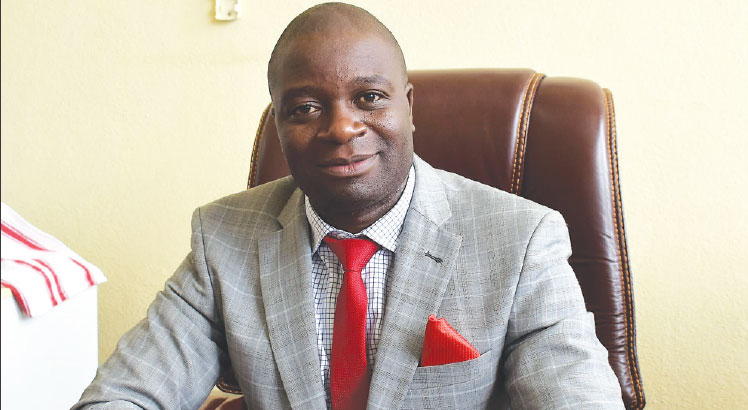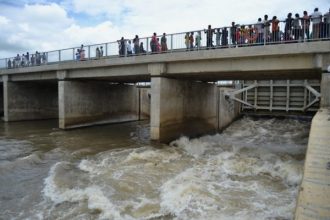Malawi to up power capacity by 127% in three years
Malawi plans to increase power generation capacity by about 127 percent in three years to 800 megawatts (MW) from the current 351MW through construction of new power plants.
Minister of Natural Resources, Energy and Mining Atupele Muluzi told Business News yesterday government will achieve this feat through the construction of a 21MW plant at Tedzani, whose construction will start in March with a grant assistance from Japanese government, construction of 120MW photovoltaic (PV) or solar plant, that will see Malawi diversifying its supply sources.
“This project will be completed in 2016 and includes a one megawatt solar PV plant on Likoma Island,” he said.

Some of the PPPs in the offing include Intra-Energy/Malcoal joint venture, which is building a 120MW Coal-fired Power Plant at Chipoka in Salima, HE Power, whose 41MW Hydro-power Plant will be built on Bua River and the Kamwamba [Neno] project expected to generate up to 300MW using coal.
“The timescales are pressing and investments need to be brought forward. We, presently, are experiencing an overwhelming and unprecedented interest from potential investors in power generation.
“In response to these developments, my ministry is establishing a PPP/IPP process rapidly such that we can secure inward investors and support in the next 12 months,” said Muluzi.
He said the move will ensure that power in Malawi is not intermittent to support long-term economic growth objectives, adding this will, however, mean that electricity tariffs may have to go up.
Last year, the Department of Geological Survey conducted a comprehensive airborne geophysical mapping to gauge the extent of mineral resources in Malawi.
And to promote orderly and sustainable exploration, exploitation and value addition of mineral resources, Muluzi said government will update and utilise Malawi’s geological information through comprehensive surveys and information management systems as well as establishment of a geo-data centre.
“A compendium of geological resources will be released soon. The main objective of the compendium will be to provide a comprehensive and updated data on the geology and mineral resources of Malawi,” he said.
Despite the results of the geophysical survey not yet released, geological experts say Malawi is rich with various metallic minerals of economic interest, including coal, uranium, rare earth elements, gold, nickel-copper-platinum group elements, gems and construction aggregates.
Currently, oil and gas exploration to determine the hydrocarbon potential is currently in progress
Data show that the mining sector is largely untapped and currently contributes less than six percent of GDP, against a government target of 30 percent by 2020.
The ministry has undertaken a number of activities, including the review the Mines and Minerals Act, whose draft law will be brought to Parliament in June.





